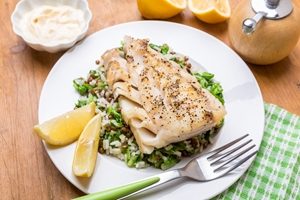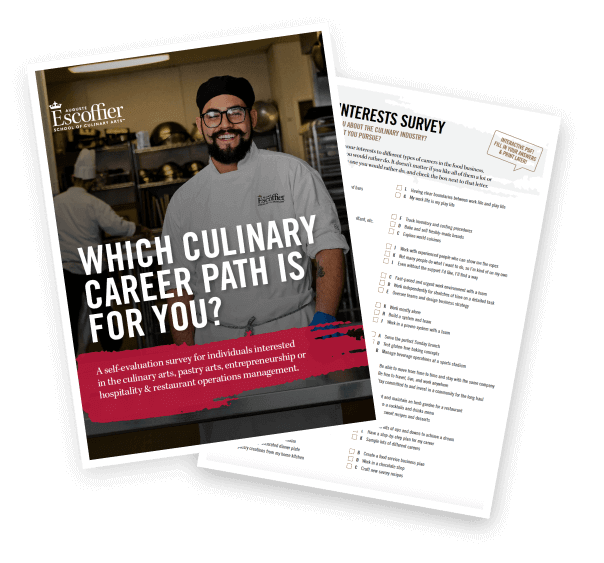Listen to This Article:

Julia Child was known for using it in her recipes, and vermouth is the chief ingredient in her favorite cocktail, according to The New York Times. Vermouth can be used in place of white wine, or the recipe you’re using might even call for it. Either way, vermouth can be a game-changing ingredient in many dishes.
What is Vermouth?
Put simply, vermouth is fortified wine. More specifically, it’s a type of aperitif wine, which is an aromatized wine. Aromatized wine is wine that has additives such as herbs, roots and spices.
There are many different types of aperitifs, including, quinquina, americano, lillet, aperol, campari and more. According to AskMen, vermouth gained popularity quickly after it was invented by Antonio Benedetto Carpano in the late 1700s. Since then it has been widely used around the world.
In general, sweet vermouth is from Italy and dry variations are from France. Dry vermouth adds a herbal flavor to whatever dish you’re serving, and sweet vermouth makes whatever you’re cooking just a tiny bit sweeter.
How can vermouth be used in cooking?
Vermouth can be used anywhere you’d use white wine in cooking. Generally the flavors are a little stronger than your average cooking wine, so if you’re substituting you can use a little less if you’re worried about it overpowering the dish. If you’re cooking fish, vermouth works extremely well, but feel free to use it with pork chops and chicken too.
Sauces that call for some type of wine are also good choices for vermouth. Vermouth is often infused with other things for flavor. Those flavors will show up in your food if you use enough vermouth.
This can be a good and a bad thing, so Texas culinary arts students should try experimenting with vermouth in a number of ways to learn how it differs from similar ingredients.

Take the Culinary Career Survey
We’ve compiled a checklist of all of the essential questions into one handy tool: career options, culinary interest surveys, educational opportunities, and more.
Other articles you might like:

